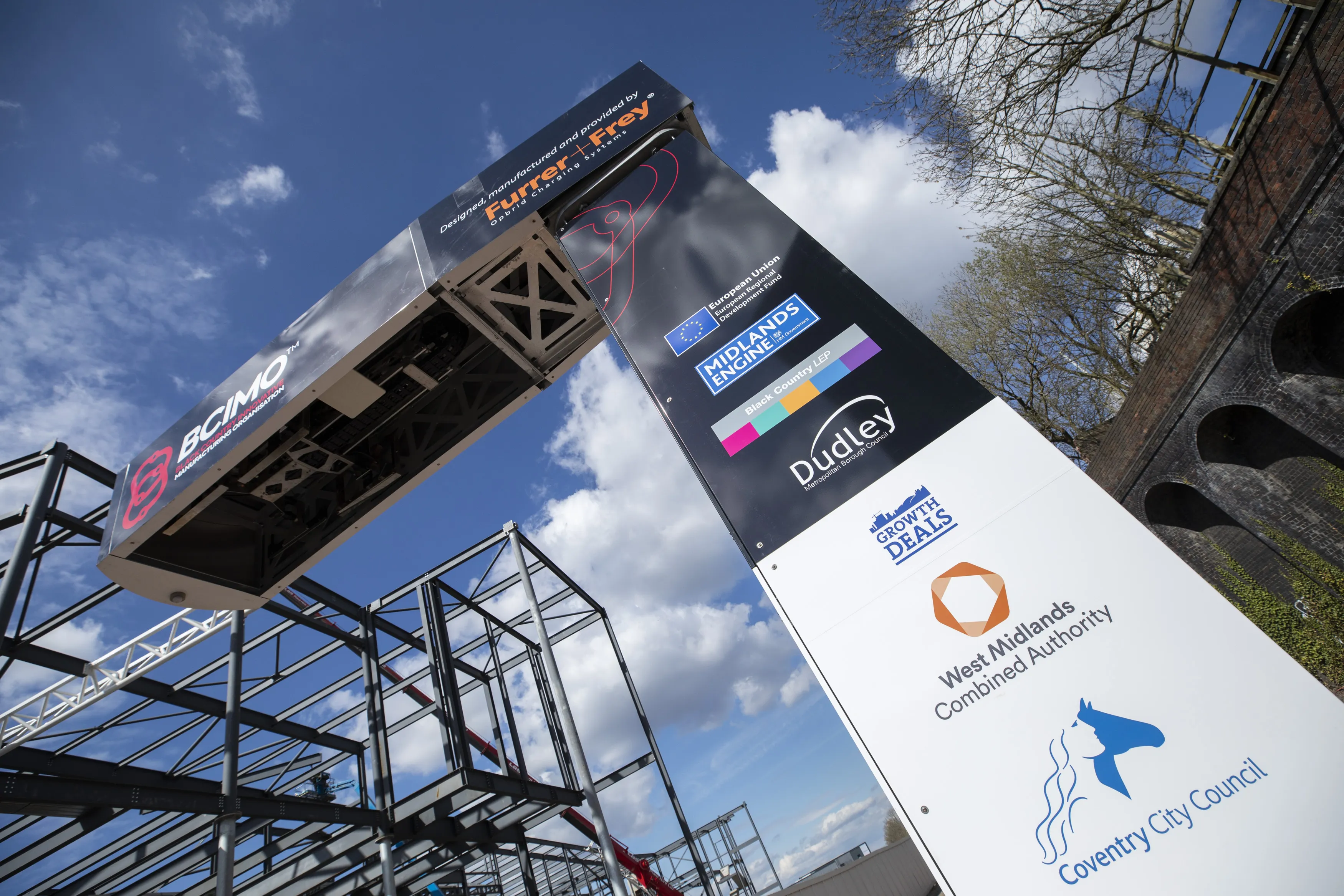Cyber Switching Electric Vehicle Master Controller (EVMC) has released a direct input product configuration which aims to enhance capability during daytime high-demand/high–turnover charge station applications. It is designed with the intention providing electric vehicle (EV) fleet managers with more options to meet their charging needs while realizing the cost savings from managing power to charging stations. The controller, through the direct input design, can be connected to up to four independent input
November 22, 2017
Read time: 2 mins
Cyber Switching Electric Vehicle Master Controller (EVMC) has released a direct input product configuration which aims to enhance capability during daytime high-demand/high–turnover charge station applications. It is designed with the intention providing electric vehicle (EV) fleet managers with more options to meet their charging needs while realizing the cost savings from managing power to charging stations.
The controller, through the direct input design, can be connected to up to four independent input power lines, allowing building administrators to remotely switch from the default charge rotation mode into an all-on mode. It energizes all EV chargers powered through the EVMC so they can charge whenever a vehicle connects to a charger on the system and can also be switched back to rotational mode during periods when parking demands are lower.
Building administrators can also remotely schedule operational modes to save energy from the charging system through the system's interface and scheduler. The interface also tracks energy usage, allowing the administrator to monitor, allocate, and invoice specific users and departments. The Energy Management Dashboard can connect to a cloud-based network for additional monitoring.
Ron Silorio, chief technology officer, said: "We designed this update to deliver operational cost savings to the complex requirements of mixed-use EV parking locations like retail, executive or other quick turn-over slots where on-demand operation is imperative during daytime, high-use periods. Additionally, these same locations could also dramatically reduce costs by rotationally switching power to the EV chargers during off-peak parking times when longer term parking is available."
The controller, through the direct input design, can be connected to up to four independent input power lines, allowing building administrators to remotely switch from the default charge rotation mode into an all-on mode. It energizes all EV chargers powered through the EVMC so they can charge whenever a vehicle connects to a charger on the system and can also be switched back to rotational mode during periods when parking demands are lower.
Building administrators can also remotely schedule operational modes to save energy from the charging system through the system's interface and scheduler. The interface also tracks energy usage, allowing the administrator to monitor, allocate, and invoice specific users and departments. The Energy Management Dashboard can connect to a cloud-based network for additional monitoring.
Ron Silorio, chief technology officer, said: "We designed this update to deliver operational cost savings to the complex requirements of mixed-use EV parking locations like retail, executive or other quick turn-over slots where on-demand operation is imperative during daytime, high-use periods. Additionally, these same locations could also dramatically reduce costs by rotationally switching power to the EV chargers during off-peak parking times when longer term parking is available."







